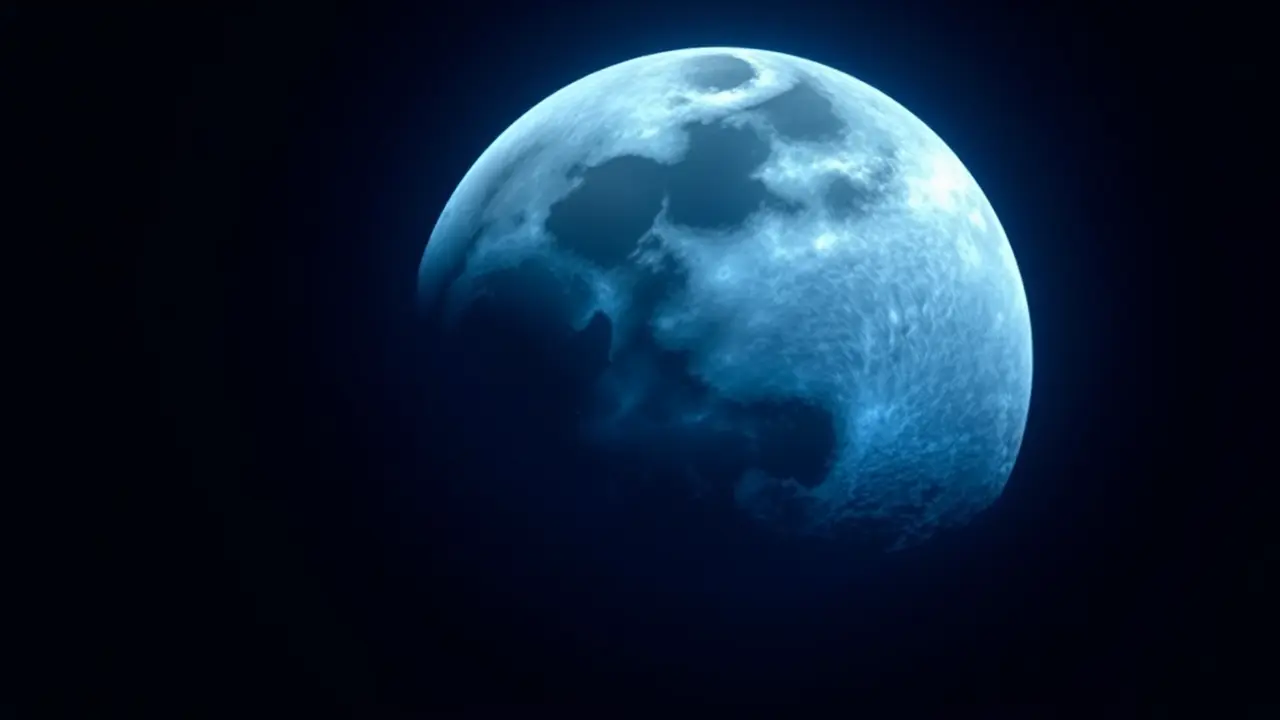
Sciencespace & astronomyMoon and Mars Exploration
Current Moon Phase for November 3, 2025
TH
Thomas Green
13 hours ago7 min read
As we stand on the celestial doorstep this Monday, November 3, 2025, the moon presents itself in a state of magnificent, almost-complete anticipation, a waxing gibbous phase boasting approximately 95% illumination. It’s a cosmic tease, a prelude to the impending lunar crescendo that feels akin to the final, breathless moments before a rocket launch—the systems are go, the energy is palpable, but the main event is still just over the horizon.For the casual observer, tonight’s sky will be dominated by a nearly full silver disc, a brilliant lantern whose light washes out the fainter stars and casts sharp, deep shadows across the terrestrial landscape, a phenomenon that has guided, inspired, and mystified humanity since our earliest ancestors first looked up in wonder. This specific phase, the waxing gibbous, is the lunar cycle’s penultimate act; it’s the period of culmination where the energy initiated with the new moon reaches its peak expression, a concept that resonates deeply with our own human endeavors, from the final rehearsals before a grand theatrical performance to the last intensive preparations for a deep-space probe’s journey, much like the meticulous checks performed on a Starship destined for Mars.The mechanics are a breathtaking celestial ballet: the sun, Earth, and moon are aligning in their eternal dance, with the sun’s rays striking the lunar surface at an oblique angle from our perspective, highlighting the cratered terrain of the southern highlands and the vast, dark plains of the maria in stunning relief, offering a prime viewing opportunity for astronomers to study features like the ray systems emanating from the crater Tycho. Historically, this phase held immense practical significance; ancient mariners used its bright, growing light for navigation across treacherous, uncharted seas, while farmers relied on its predictable progression to time the harvest of certain crops, a practice echoed today in the precise orbital calculations required to slingshot a satellite around the moon for a gravity assist.The forthcoming full moon, towards which we are rapidly accelerating, is not merely a visual spectacle; it represents a gravitational peak, its pull exerting a maximal influence on Earth’s tides, causing spring tides that see the greatest differential between high and low water, a force that coastal engineers and climate scientists model with increasing urgency in our era of rising sea levels. Looking beyond this immediate cycle, the waxing gibbous phase of November 2025 sits within a broader context of renewed lunar exploration, with multiple international missions from the United States, China, and India currently operating in cislunar space, each one a testament to our species' insatiable curiosity and a stepping stone toward the next giant leap—a permanent human presence on another world, turning the moon from a distant object of observation into a future home port for journeys to the cosmos.
#featured
#moon phase
#waxing gibbous
#lunar cycle
#astronomy
#November 2025
Stay Informed. Act Smarter.
Get weekly highlights, major headlines, and expert insights — then put your knowledge to work in our live prediction markets.
Related News
© 2025 Outpoll Service LTD. All rights reserved.
